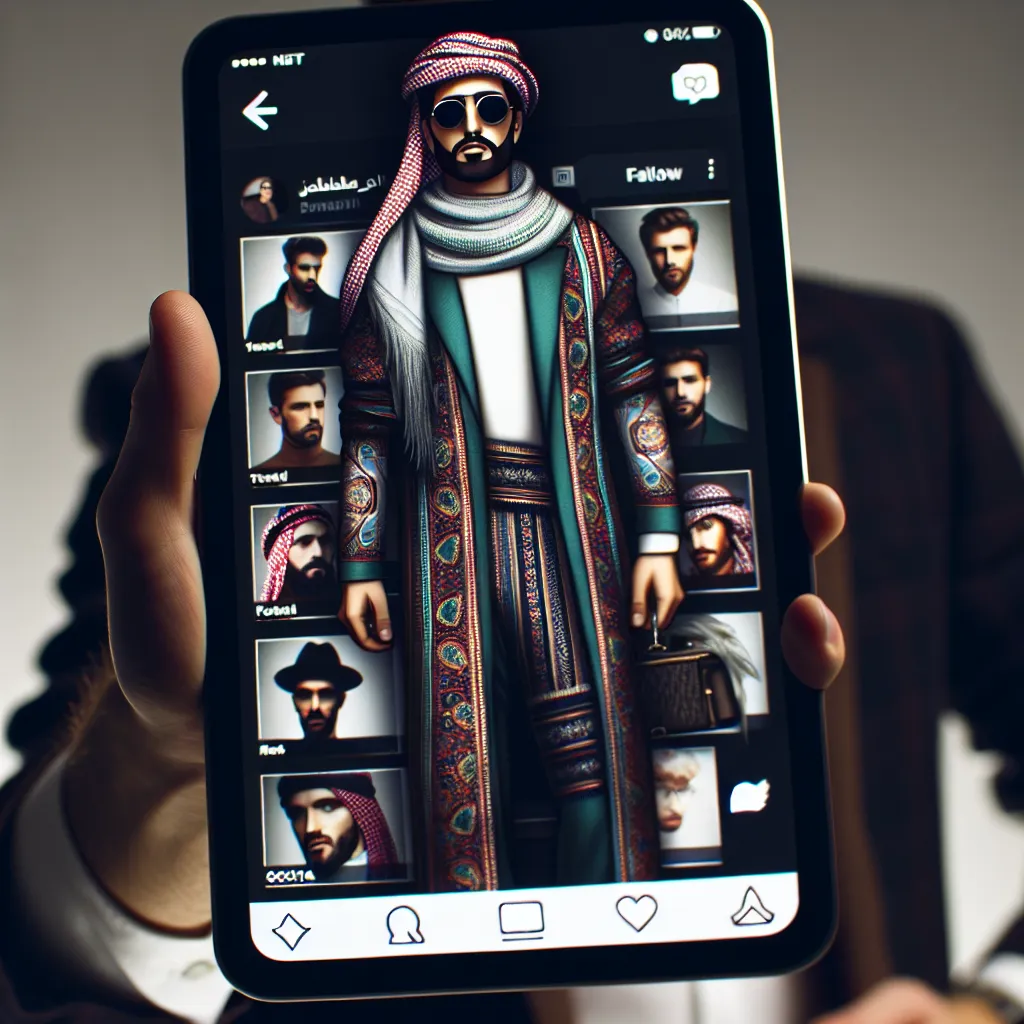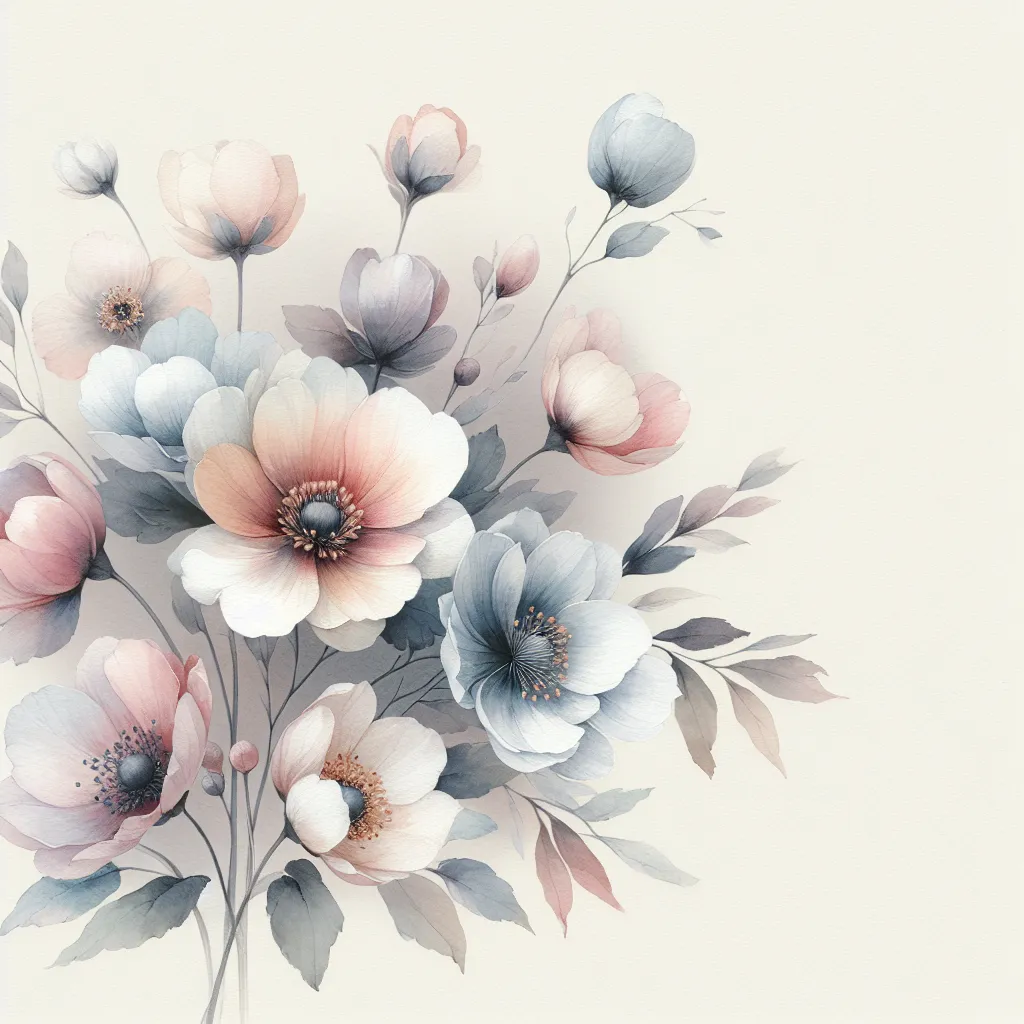The Rise of Influencer Marketing in the Fashion Industry
In recent years, the fashion industry has seen a significant transformation in the way brands market their products, thanks to the rise of influencer marketing. Influencers, who are individuals with large followings on social media platforms, have become powerful voices in shaping fashion trends and influencing consumer behavior. Their impact on the industry is undeniable, as they have the ability to reach and engage with millions of potential customers.
With the growing popularity of social media platforms such as Instagram, YouTube, and TikTok, influencers have emerged as key players in the fashion industry. Brands are now turning to these digital tastemakers to promote their products and create buzz around their latest collections. By collaborating with influencers, fashion labels are able to reach a wider audience and connect with consumers in a more authentic and relatable way.
Furthermore, influencer marketing allows brands to tap into niche markets and target specific demographics. Whether it’s luxury fashion, streetwear, or sustainable clothing, there is an influencer for every niche, making it easier for brands to tailor their marketing strategies to different segments of their audience. This level of specificity and personalization has revolutionized the way fashion is promoted and consumed.
As the fashion industry continues to evolve, influencer marketing is expected to remain a driving force behind the success of brand campaigns and the shaping of fashion trends. The dynamic relationship between influencers and fashion brands will continue to thrive, creating new opportunities for both parties to engage with consumers and make a lasting impact on the industry.
The Power of Social Media in Setting Fashion Trends
Social media has revolutionized the fashion industry, fundamentally altering the way fashion trends are set and disseminated. Influencers, with their large and engaged followings, wield a significant amount of power in determining what is in vogue. Platforms like Instagram, TikTok, and YouTube have become virtual fashion runways, allowing influencers to showcase their style and taste to millions of followers in real-time. The instantaneous nature of social media means that a trend can go from being spotted on an influencer to being adopted by fashion-forward individuals across the globe in a matter of hours. This rapid dissemination of trends has accelerated the fashion cycle, leading to an increased turnover of styles and a constant hunger for the next big thing.
Fashion Influencers: Shaping Consumer Behavior Through Social Media
In today’s digital age, fashion influencers play a significant role in shaping consumer behavior through social media. With their large following and impactful presence on platforms like Instagram, YouTube, and TikTok, fashion influencers have the power to dictate trends and influence purchasing decisions. By showcasing the latest styles, creating engaging content, and collaborating with brands, these influencers have transformed the way people discover, interact with, and ultimately purchase fashion items.
Consumers often look to fashion influencers for inspiration, seeking guidance on what to wear, how to style outfits, and which brands to buy from. The authenticity and relatability of these influencers allow them to build strong connections with their followers, leading to a sense of trust and loyalty. As a result, when an influencer promotes a particular fashion item or trend, it can have a direct impact on consumer behavior, driving sales and popularizing specific styles.
Furthermore, the rise of affiliate marketing and influencer collaborations with fashion brands has amplified the influence of these individuals. Through affiliate links, discount codes, and sponsored content, fashion influencers can directly drive traffic to brands’ websites and encourage purchases. This direct link between influencers and consumers has reshaped the traditional advertising model, making it more personalized and targeted.
In conclusion, fashion influencers wield considerable power in shaping consumer behavior through social media. Their ability to set trends, engage with their audience, and drive purchasing decisions has made them instrumental in the fashion industry’s digital landscape. As social media continues to evolve, the influence of fashion influencers is likely to grow, further impacting how consumers interact with and consume fashion content.
Analyzing the Impact of Influencers on Fashion Trends
Analyzing the Impact of Influencers on Fashion Trends
In the age of social media dominance, influencers have become key players in shaping fashion trends. From Instagram to TikTok, these individuals hold the power to sway consumer preferences and dictate what’s in vogue. As we delve into analyzing the impact of influencers on fashion trends, it’s essential to recognize their ability to introduce and popularize styles, brands, and products.
Through carefully curated posts and engaging content, influencers can create a strong emotional connection with their audience, driving trends and purchase decisions. Their ability to showcase outfits and accessories in real-life settings resonates with followers, often leading to a surge in demand for specific items. This phenomenon has compelled brands to collaborate with influencers, recognizing the immense potential to reach target markets through authentic and relatable content.
Moreover, the immediacy of social media allows fashion trends to propagate rapidly, with influencers playing a pivotal role in this dissemination process. A single post featuring a new clothing line or a unique styling approach can catalyze a trend, causing ripple effects across various platforms. As a result, the traditional fashion calendar has been disrupted, with trends now emerging and evolving at an unprecedented pace.
In conclusion, the impact of influencers on fashion trends is undeniable. Their ability to captivate audiences and drive consumer behavior has redefined the dynamics of the fashion industry. As we move forward, it will be imperative to continue analyzing and understanding the influence of these digital tastemakers, as they continue to shape the future of fashion.




